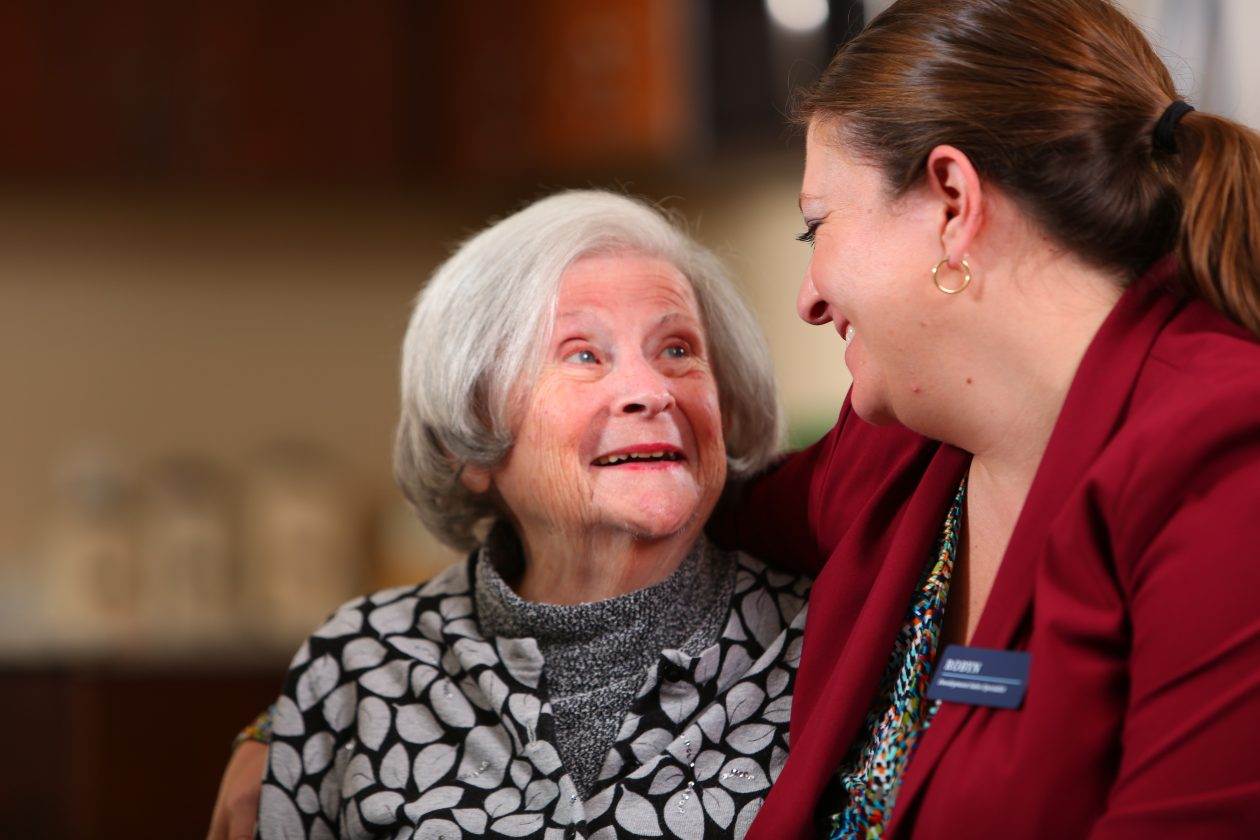November is National Hospice and Palliative Care Month. Senior Lifestyle recognizes hospice care as a vital component of person-centered senior care, and while we realize the subject of hospice is often fraught with both emotion and confusion, we feel that this often-misunderstood facet of senior care is a valuable option that many families don’t explore because of the misconceptions surrounding it. This year’s theme for Hospice Month, “A
Program That Works. A Benefit That Matters”, sheds light on the purpose and aim of hospice: a focus on caring instead of curing, allowing patients with life-limiting illnesses to navigate their end-of-life journey with dignity and compassionate care.
The National Hospice and Palliative Care Organization shares some history about hospice care, noting that the first modern hospice, St. Christopher’s Hospice, was created in suburban London by physician Dame Cicely Saunders. Saunders began working with terminally ill patients in 1948 and coined the term “hospice” to describe specialized care provided for dying patients. In 1963, while serving as a guest lecturer at Yale University, Dame Saunders introduced the concept of hospice care to medical students, nurses, social workers and chaplains. Pointing to photographic evidence of terminal patients with their families, she showed the dramatic improvement brought about by providing symptom control care. Hospice care as we know it today is a direct result of this lecture.
Six important points to know about hospice from NHPCO:
- Hospice care is usually provided in the home – wherever the patient calls home. This includes assisted living communities and other long-term-care settings.
- Hospice cares for people with any kind of life-limiting illness. Patients of every age and religion can access hospice care.
- Hospice is fully covered by Medicare, Medicaid, and most private health plans and HMOs.
- Hospice is not limited to six months of care. Patients and families are encouraged to contact a hospice provider when they receive a terminal diagnosis instead of waiting until the “last days” to benefit from all that hospice care has to offer. Pain management and symptom control offer significant physical benefits for patients as well as increased quality of life.
- Hospice is not “giving up”; rather the focus is on caring, not curing. Hospice organizations are also trained to help family members cope with the emotional aspects of caring for a terminally ill loved one, as well as the grieving process when that loved one passes.
- Anyone can contact hospice – so call your local program to learn if hospice is right for you or your loved one. Each hospice provider in an area may do things slightly differently, so choose an organization based on your needs. Many hospitals and skilled care facilities can offer suggestions or information on hospice care.
Senior Lifestyle communities welcome hospice organizations as care partners and recognize the incredibly vital service they provide not only for our residents but their families as well. Our communities partner with hospice organizations to provide care for our residents who choose to walk their end-of-life journey with us; we are honored to do so. To learn more about services and lifestyle options at a Senior Lifestyle community in your area, please visit our website at www.seniorlifestyle.com.

